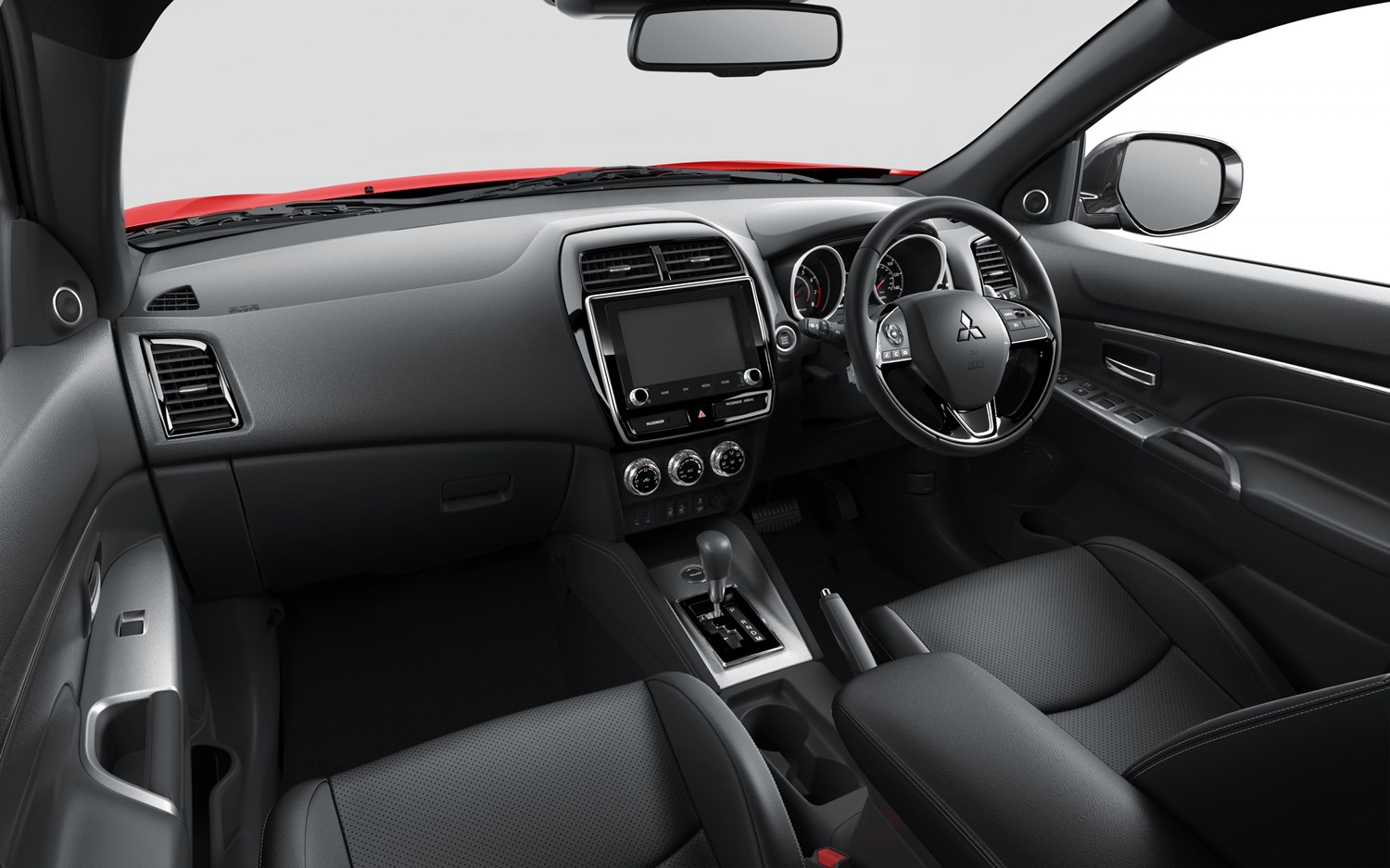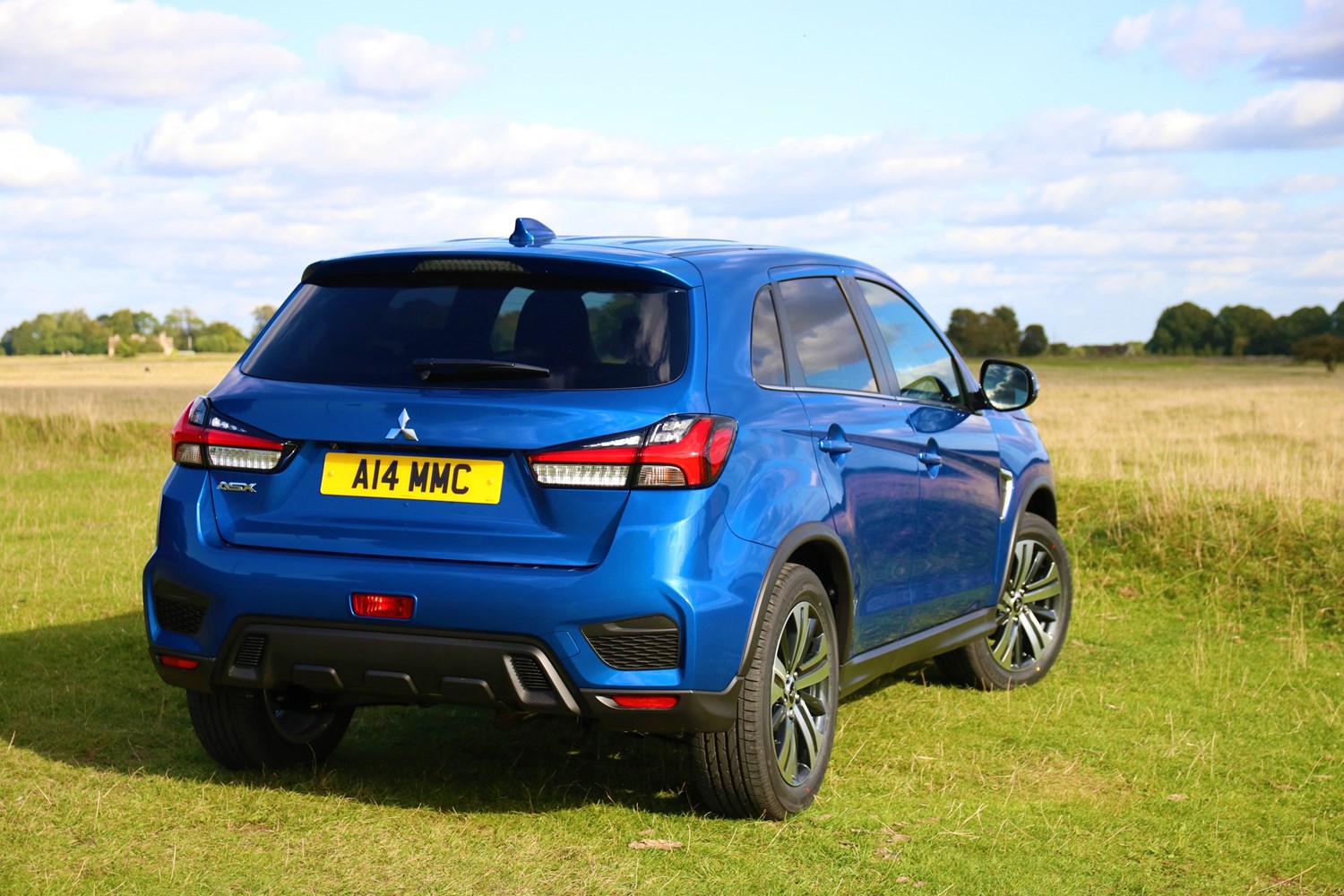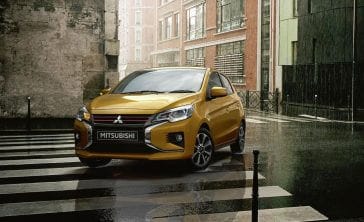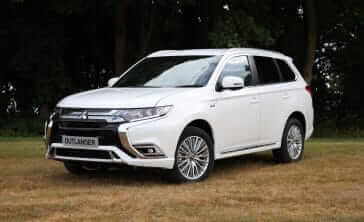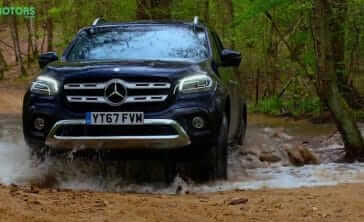Model review
Mitsubishi is well-known for its 4x4s, with vehicles like the Outlander, Shogun and L200, but the ASX saw the firm’s first breakout into the crossover market, to rival vehicles like the Nissan Qashqai.
Unveiled in 2010 at the Geneva Motor Show, and with sales starting later in the year, the ASX brought lower running costs than the brand’s larger models, yet still offered a practical interior. It also doesn’t look bad with a sharp front end with a large, if quite subtle front grille.
A noticeably revised model arrived in showrooms in 2016, boasting the brand’s ‘Dynamic Shield’ face that brings additional chrome to the grille, bringing it in-line with Mitsubishi’s other cars at the time. The interior also got a more refined focus thanks to more comfortable seats and a new upholstery design.
Latest model
The most recent update to the ASX arrived in 2019, with the model bringing an even bolder look, with everything from the windscreen forward being new, according to Mitsubishi. New LED lights were fitted at the front and rear, along with new colour options and a revised rear bumper.
Elsewhere there’s also a new eight-inch touchscreen with smartphone mirroring, while Mitsubsihi launched a new 2.0-litre petrol option which would become the only unit available on this facelifted ASX.
However, the model was discontinued in 2021 as Mitsubishi pulled out of the UK market, with the brand focusing its efforts on other overseas countries where it is more lucrative.
Value for money
Credit where credit’s due, the Mitsubishi ASX has always represented great value for money, with affordable pricing that undercuts many rivals. With a starting price of £20,295, the latest ASX is also an affordable option, especially considering the generous standard equipment levels, with heated seats, climate control and an eight-inch touchscreen all included as standard. Though prices rise to just over £25,000 for a top-spec four-wheel-drive version, it’s still an attractive option.
If you want an affordable used crossover, the ASX is well worth considering with high-mileage examples starting from as little as £3,000, though you’ll need to spend around £4,500 before you get an example with under 70,000 miles on the clock. If you’d like a facelifted model, a 2020 car was available from around £16,000 at the time of writing – bringing a welcome saving off the list price.
Looks and image
Though Mitsubishis might not be primarily bought for their styling, the ASX has never been a bad-looking car throughout its various iterations. Though looks are always subjective, we reckon earlier cars with their subtler design are the more appealing, though if you want something a bit bolder, the latest cars with a prominent chrome front end certainly won’t leave you disappointed.
Sadly, though, the ASX’s interior falls short of rivals in this class. Though Mitsubishi has installed more in the way of technology – namely a new eight-inch touchscreen system – the overall cabin lacks the finesse and quality that you find with many rivals in this class. More reassuringly, it does feel quite sturdy and would likely be an appealing workhorse.
The disappointment unfortunately continues behind the wheel, too. The sole petrol option available on newer models is lethargic and thirsty, so we’d be tempted to sway to the diesel models offered in previous years. The ride also isn’t that great, while it doesn’t handle all that well either. There are certainly far better driving options available in this class.
Space and practicality
Even though it’s one of the more compact models in this class, the ASX has a practical interior that’s well suited to families.
With a boxier shape than many in this class, it means the boot offers a decent (if not class-leading) 442 litres of space, which can increase to 1,193 litres with the rear seats folded. The boot is wide and also has a flat floor, aiding accessibility.
There’s plenty of headroom and legroom in the back, even for adults, though fitting five passengers could prove to be a squeeze as the car isn’t as wide as others in this class.
Engines
If you’re looking at the most recent ASX that arrived towards the end of 2019, your sole option is a naturally-aspirated 2.0-litre petrol engine. It produces 148bhp and 195Nm of torque, allowing for a 0-60mph time of 10 seconds when paired with a six-speed manual gearbox. Mitsubishi also offers it as a four-wheel-drive when combined with a CVT automatic gearbox, though it’s quite a lot slower – taking 12.3 seconds to reach 60mph.
If you’re looking at older ASX models, Mitsubishi also used to offer a 115bhp 1.6-litre petrol, though this is manual and front-wheel-drive only. If you’d rather a diesel, quite a wide range of options are available, including a 112bhp 1.6-litre that was offered between 2015 and 2019, and replaced a 114bhp 1.8-litre diesel sold previously. At the top of the range sits a 147bhp 2.2-litre diesel, which came only as a four-wheel-drive and with an automatic transmission.
Running costs
A relatively big petrol engine in an SUV is always going to equate to quite high running costs, and that’s certainly the case for the newer 2.0-litre petrol option. With Mitsubishi claiming just 37.7mpg and CO2 emissions of 161g/km, it could cost you quite a lot in fuel if you do a lot of miles.
Where low running costs are concerned, it’s worth choosing a diesel, with the 1.6-litre option being particularly impressive – returning a claimed 61.4mpg and CO2 emissions of 155g/km. It’s worth noting this is based on an old efficiency testing cycle, though, so will not be as accurate as more up-to-date models that are tested in a different way.
Things to look out for
Mitsubishis generally have a very good reliability reputation and there are few pointers suggesting the ASX won’t prove a solid choice, either. The only real thing to look out for is that the poor quality can lead to quite easily scratched and scuffed trim, so it’s worth checking for any excessive signs of wear.
It’s worth noting that while Mitsubishi is to stop selling new cars, it’s committed to servicing the models in the future.
Rivals
The ASX sits in one of the most competitive classes, and – to be blunt – it’s overshadowed by the bulk of rivals. Key competitors include the Nissan Qashqai, Seat Ateca and Volkswagen T-Roc, while if you fancy something that’s a bit more rugged, it’s worth having a look at a used Skoda Yeti equipped with four-wheel-drive, as well as a Dacia Duster or Suzuki Vitara.
Depreciation
Though the ASX won’t hold its value quite as well as rivals, Mitsubishi has quite a loyal audience, and it’s by no means a car that plummets in value. With no new models set to be imported from 2021 onwards, used examples may continue being an appealing option to these buyers.

